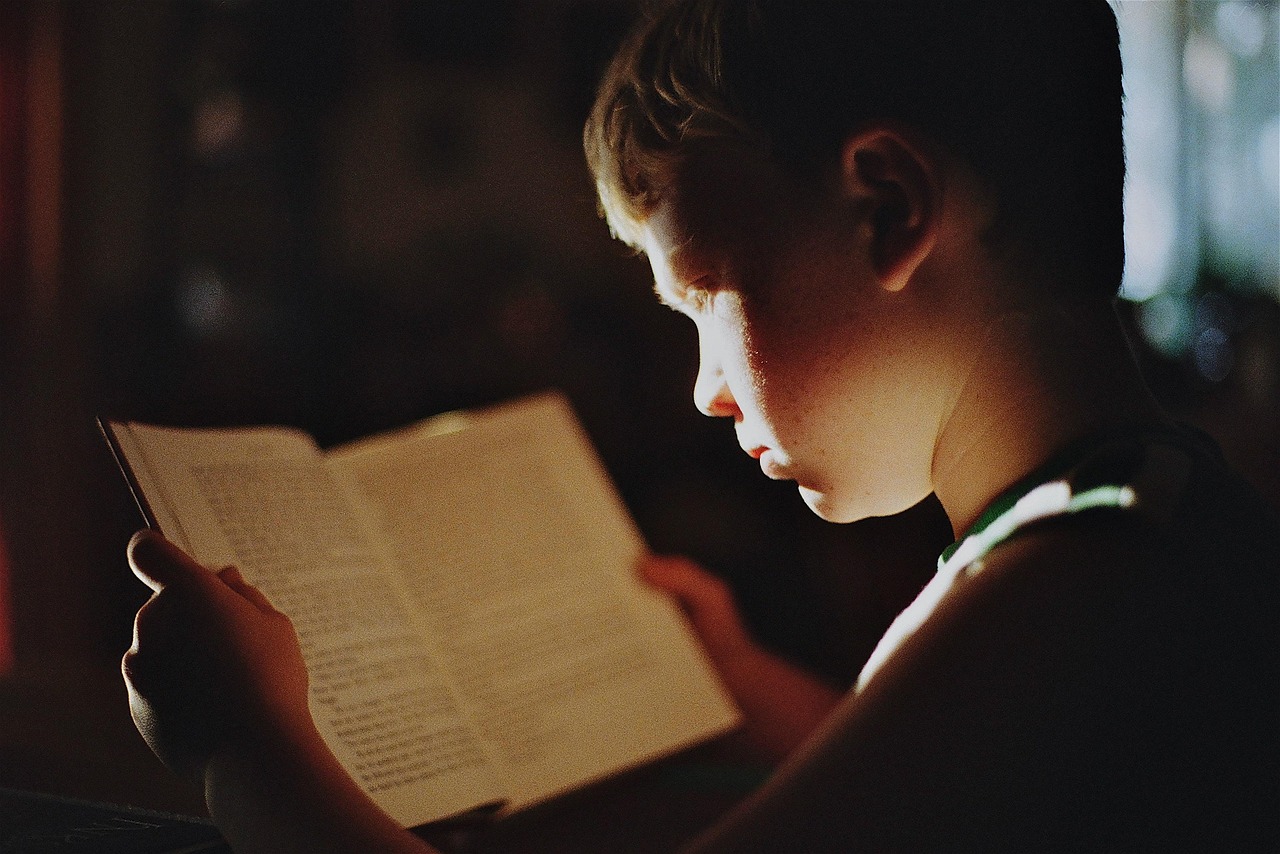Cinematic Alienation Techniques
How do Girlhood and the film of your choice below approach the theme of alienation using THREE elements of film grammar?
Check out our Essay writing services
Cinematic Alienation Techniques
Camera Work and Framing
In Girlhood and the chosen film, camera work plays a central role in expressing alienation. Directors often use long shots or tight close-ups to either isolate characters from their environment or confine them visually. For instance, Girlhood frequently uses framing to separate Marieme from her surroundings, emphasizing her loneliness. Similarly, in Pariah, framing Alike alone in dim lighting reinforces her struggle with identity and rejection.
Sound and Silence
Sound design enhances the theme of alienation by emphasizing either overwhelming noise or eerie silence. In Girlhood, moments of silence during Marieme’s internal conflicts contrast with chaotic group scenes, highlighting her emotional distance. A comparable use of sound occurs in Fish Tank, where Mia’s world becomes muffled or goes silent during scenes of vulnerability. These auditory shifts immerse viewers in the characters’ inner turmoil.
Editing and Narrative Flow
Editing rhythm and pacing affect how viewers perceive time and space, often distorting it to mirror a character’s disconnection. In Girlhood, jump cuts and abrupt scene transitions mirror Marieme’s uncertain path. Similarly, in Moonlight, temporal gaps between chapters highlight Chiron’s evolving sense of detachment. These editing choices create a disjointed narrative, mimicking the characters’ fractured experiences.
Emotional Distance Through Style
Both films use stylistic restraint to show emotional distance. Minimal dialogue, cold color palettes, and sparse settings contribute to a mood of detachment. These stylistic elements not only reinforce the characters’ feelings of alienation but also make viewers more sensitive to moments of connection or change. Style becomes a subtle yet powerful expression of the inner world.




